Wonderfully decorative and full of quirky and intricate detail, stumpwork is a centuries old form of embroidery.
Stumpwork is enjoying a huge surge in popularity, both amongst collectors seeking antique examples and contemporary crafters keen to master this unusual technique.
Here’s everything you need to know about this charming and highly collectable textile artform.
What is stumpwork?
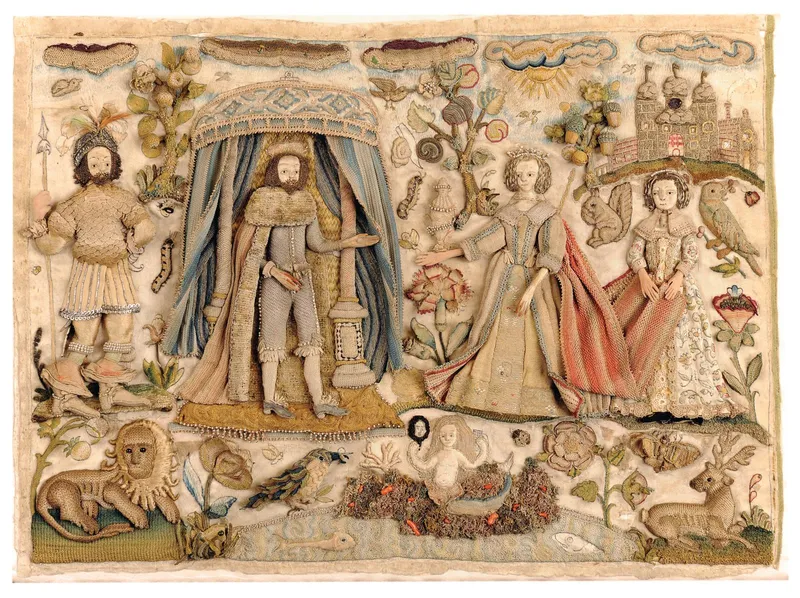
Stumpwork is a type of three dimensional embroidery which evolved from padded ecclesiastical embroidery and was at its peak between around 1650 and 1690.
The form involves complex embroidery stitches used in combination with various forms of padding to raise the decorative details from the backing fabric to create a three dimensional effect like a sculptural frieze.
Girls from wealthy households were expected to learn to embroider, usually starting with samplers, filled with rows of repeating patterns worked in coloured silks.
These would increase in complexity until they progressed to their grand finale – a piece of stumpwork.
Why is it called stumpwork?
The term stumpwork is an ugly 19th-century name for a beautiful kind of raised embroidery – there are definitely no bloody limbs involved, and not really any tree stumps. In the 1600s stumpwork would have been known as raised work or embossed work.
The origins of the more recent description “stumpwork” are slightly obscure, but probably refer to the small pieces (stumps) of wood that were sometimes incorporated into the embroidery to create three-dimensional effects.
Additional fabrics were appliquéd and stuffed with padding that included wool and human hair as well as wood, and sometimes tiny wooden hands and faces were covered in silk and painted.
Some examples also include peacocks’ feathers, beads and pearls and in a rare example a real bird’s skeleton.
Many collectors now prefer the term raised embroidery as this better reflects the variety of intricate skills involved in creating these three dimensional textile images
How was stumpwork made?
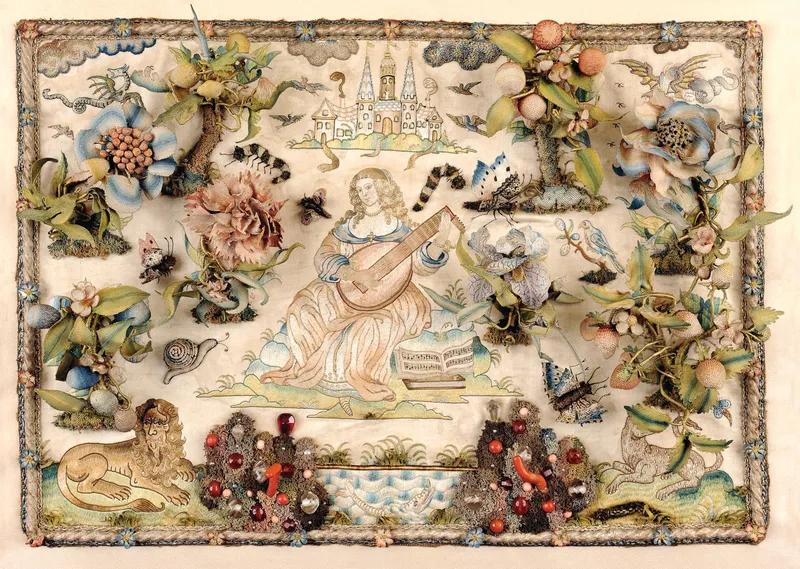
In the seventeenth century, when stumpwork peaked in popularity, numerous techniques were used to achieve the three-dimensional effects.
As well as fancy embroidery stitches, applique pieces might be padded with wool or other materials.
In addition, the embroideress might add tiny wooden hands and faces covered in silk and painted with human features, real human hair and peacocks’ feathers, beads and pearls.
Antique stumpwork probably started life in some sort of kit form – the panels were sold pre-drawn onto fabric sheets, possibly alongside the silks and embellishments.
The finished panels would then be sent off to a carpenter to be made into caskets, set into mirror frames or framed as pictures.
Many accounts of the early history of stumpwork describe pedlars tramping the countryside, hawking kits at the great country houses.
But it’s much more likely these kits were sold in towns in specialist shops and on the rare occasions we have provenance for surviving examples, like 11-year-old Martha Edlin’s casket in the V&A.
These were bought and made by the daughters of merchants and religious non-conformists – the rising middle classes, who attended girls’ boarding schools, not princesses in palaces.
What fabric is used for stumpwork?
Traditionally, silk was used as the ground for stumpwork. A smooth fibre is best, like silk, cotton or very fine wool, strong enough to support the weight of the applied design, without pulling or becoming puckered.
The embroidery itself was worked in silk and metal thread, with beads and semi-precious stones threaded into place on crowns and as necklaces on the figures depicted in the scenes.
How do you frame stumpwork?
If you’re lucky enough to own a piece of 350 year old antique stumpwork, it’s important that it is mounted and framed by an experienced textile conservator who understands the risks.
They will need to leave space between the panel and the glazing, to avoid the raised sections becoming crushed.
Antique stumpwork will probably need to be cleaned before framing – trapped mould spores and moth cause irrevocable damage.
Do not try this with the vacuum cleaner at home!
How do you care for stumpwork?
All antique textiles need to be protected from sunlight, heat and condensation. The antique silk used in stumpwork can be very unstable.
Rebecca Scott of Witney Antiques, specialists in antique textiles, cautions against buying damaged or dirty pieces, which might seem like tempting bargains.
“Textile conservation is very expensive – I can easily spend thousands of pounds on a single piece – and good conservators are hard to find. Compared with paintings or furniture, a limited amount can be achieved. If the colour has been lost or the fabric has severely deteriorated, nothing will ever bring it back.”
“It’s very important to go to a specialist who understands the risks. Stumpwork needs to be properly cleaned not just to remove dirt but also to get rid of any mould spores or moth, which can cause serious damage. If it’s a piece you want to have mounted and framed, this also needs to be done carefully to prevent squashing and protect it from degradation.”
What images were popular in stumpwork?
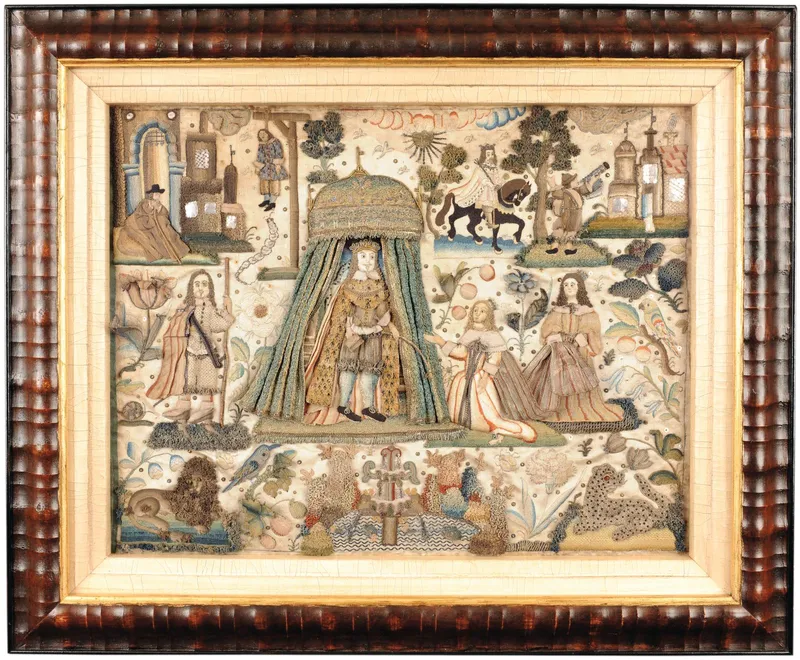
Popular motifs include Stuart monarchs, lions, mythical beasts, exotic flowers, fruit, birds and insects, many of which feature in combination with no regard for scale.
Scenes from the Old Testament appear often as they were intended to teach the women who embroidered them feminine virtues like obedience, charity and fidelity.
Part of the charm of these works lies in the different ways the women and girls chose to represent the same themes, often depicting animals, such as lions, that they had never seen.
How to start collecting antique stumpwork
You are unlikely to stumble across stumpwork at a car boot sale or a charity shop. Realistically, anything of good quality will cost thousands of pounds, and £100,000+ for something exceptional.
But you can make a start by visiting collections at various National Trust properties around the country and keeping an eye on regional auction houses and specialist dealers who will be able to advise you.
Cheffins recently sold a Charles II stumpwork casket for £3,000, three times its top estimate, even though it had suffered sunlight degradation.
And, in April, the Scottish auctioneer Lindsay Burns sold a very well-preserved stumpwork mirror for an impressive £65,000, against an estimate of just £1,000 to £2,000.
Christopher Halls of Cheffins explains why stumpwork makes so much at auction: ‘The strength of the market resides in the fact that the majority of pieces are now over 300 years old. Combined with the fact that they’re perishable items, particularly if not well cared for, there are fewer well-preserved items in existence and therefore coming onto the open market.’
Where to see stumpwork
National Trust
Several National Trust properties and museums such as the Holburne Museum in Bath and the Lady Lever Art Gallery in Liverpool include stumpwork in their collections.
The Lady Lever has an extensive collection of over 50 pieces, but due to their fragility just a handful are on display.
Victoria & Albert Museum
Martha Edlin’s casket, in the collection of the V&A, is not currently being exhibited, but you can watch a video of it here.
Witney Antiques
From October 2023, Witney Antiques are holding an exhibition of schoolgirls’ historical needlework, including rare seventeenth century samplers and exceptional stumpwork pieces.
Battersea Decorative Fair
Didie Inglis Hall sells her work with antiques dealer husband Patrick at the Battersea Decorative Fair.
Best stumpwork kits to buy
Branching Out Stumpwork Kit
- Buy now from Etsy (£63.95)
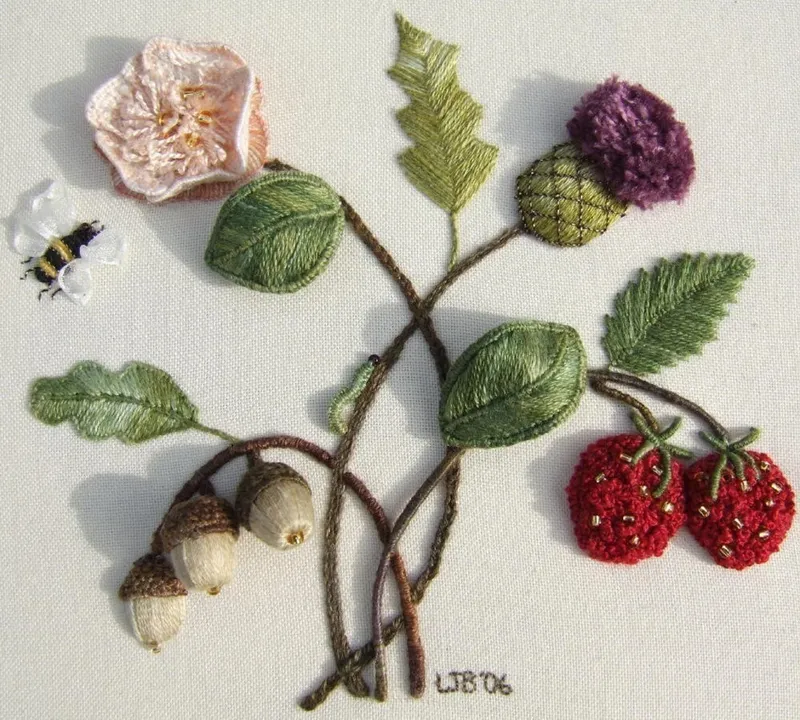
Strawberry Stumpwork Embroidery Kit
- Buy now from Make Box (£18.99)
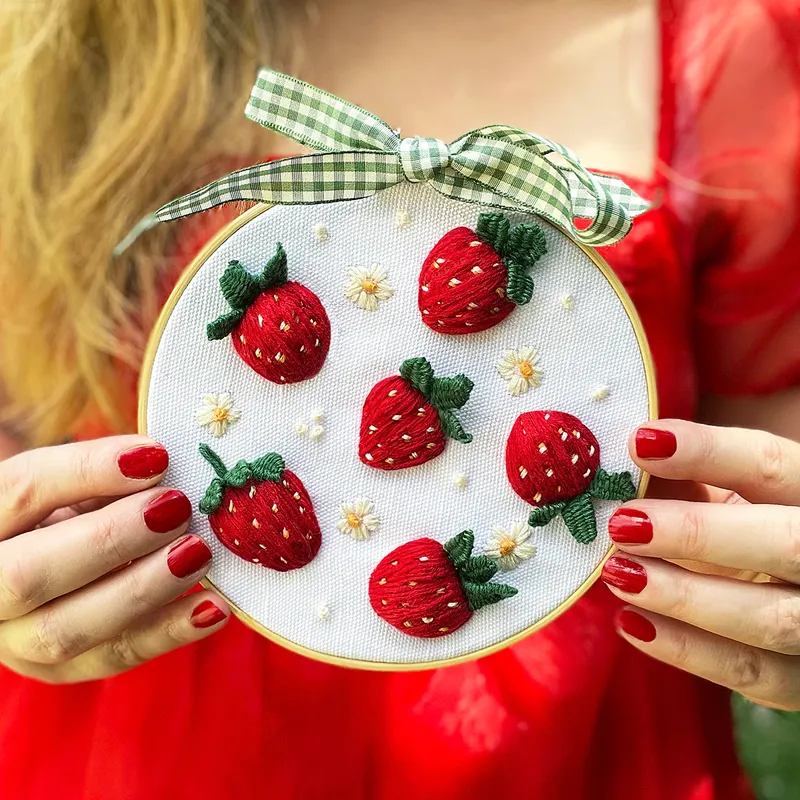
Berries for Birds Stumpwork Kit
- Buy now from Etsy (£40.95)
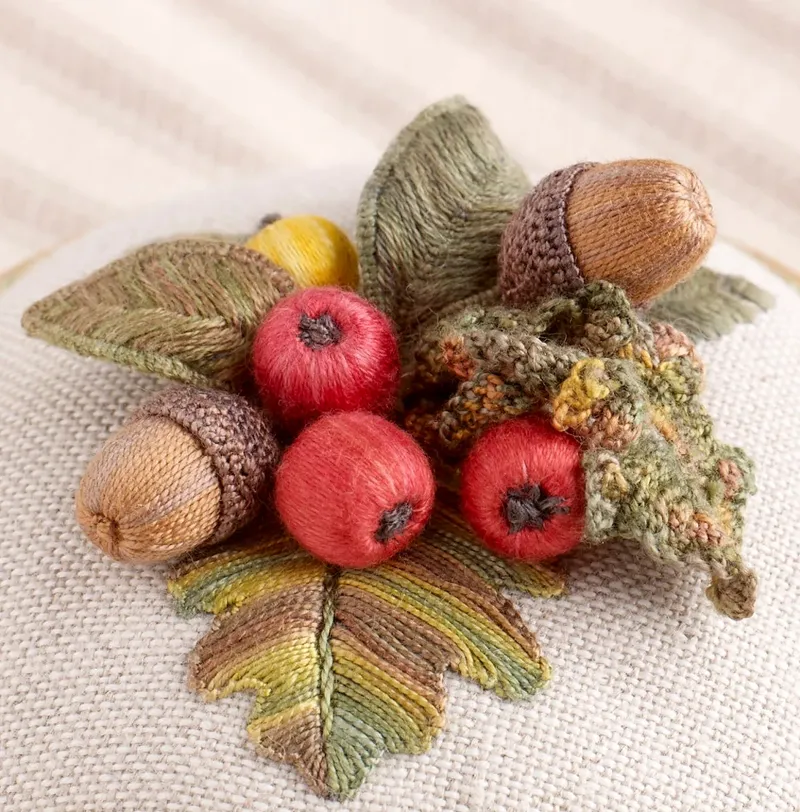
Flowers in Stumpwork Embroidery Kit
- Buy now from Etsy (£31.52)
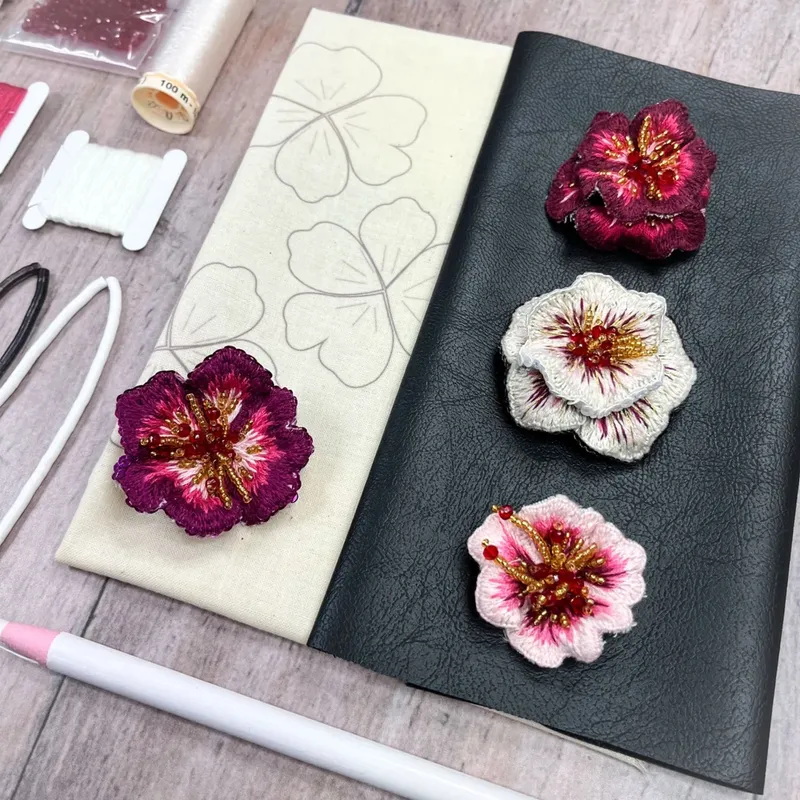
3D Plant Stumpwork Kit
- Buy now from Etsy (£40)
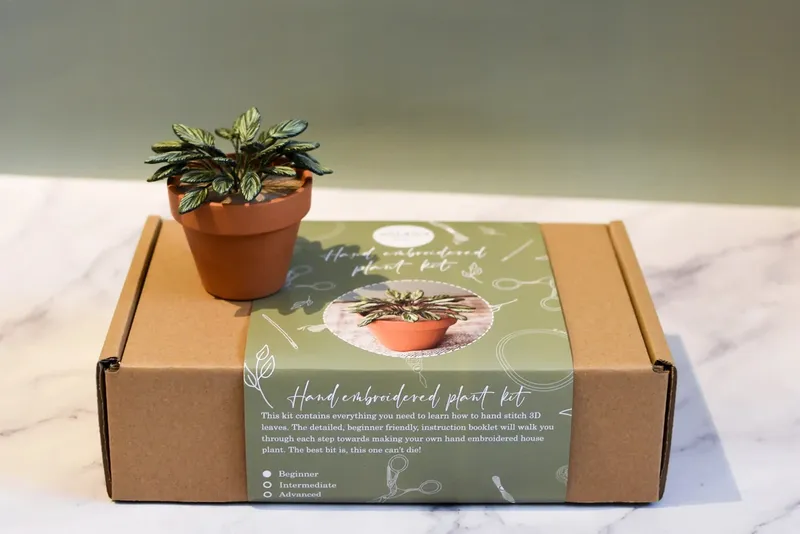
Stumpwork Daisy Kit
- Buy now from The Art of The Needle (£15.50)
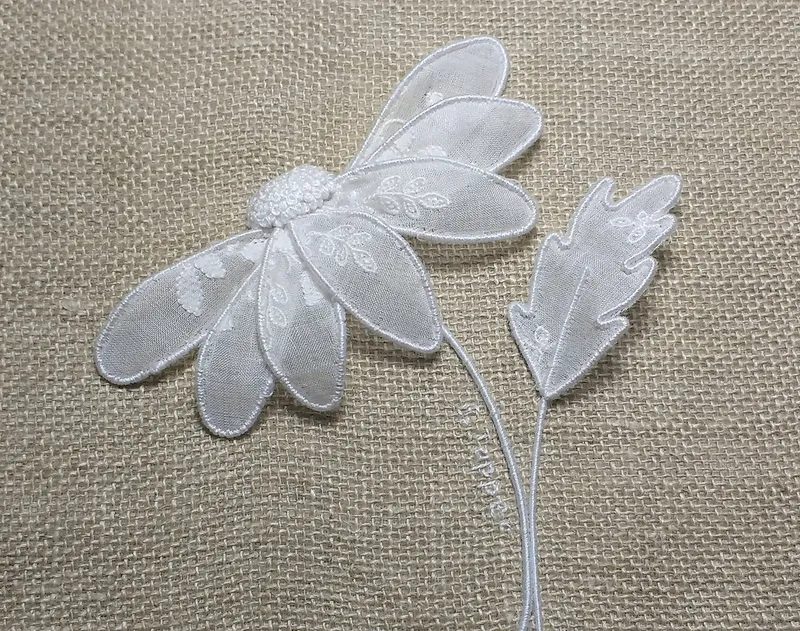
More content from Homes & Antiques
- Decorating with antique suzani textiles
- A guide to wood block printing
- Toile de Jouy: what is it and a brief history
Sign up to our weekly newsletter to enjoy more H&A content delivered to your inbox.





